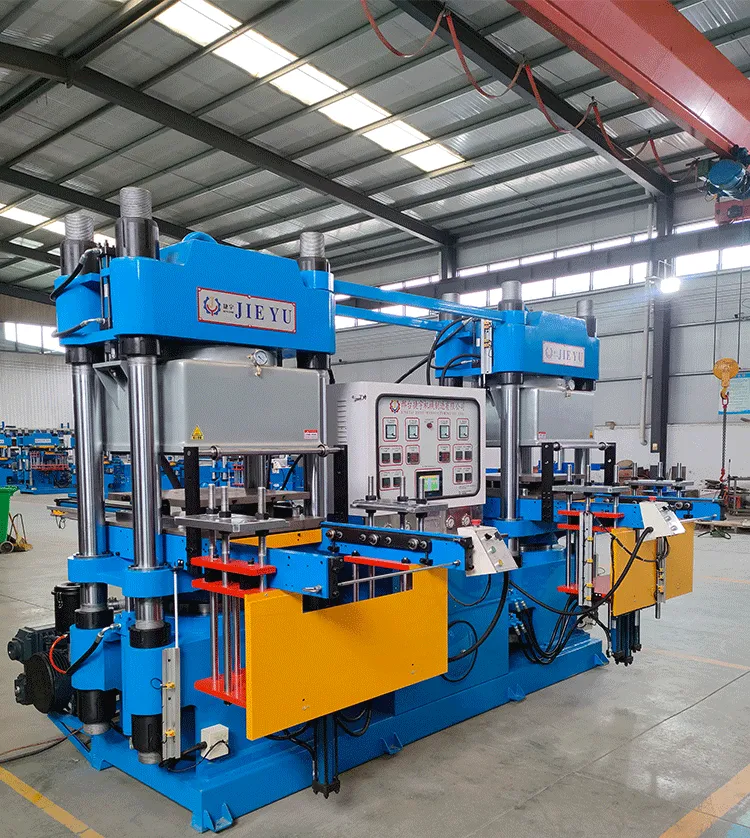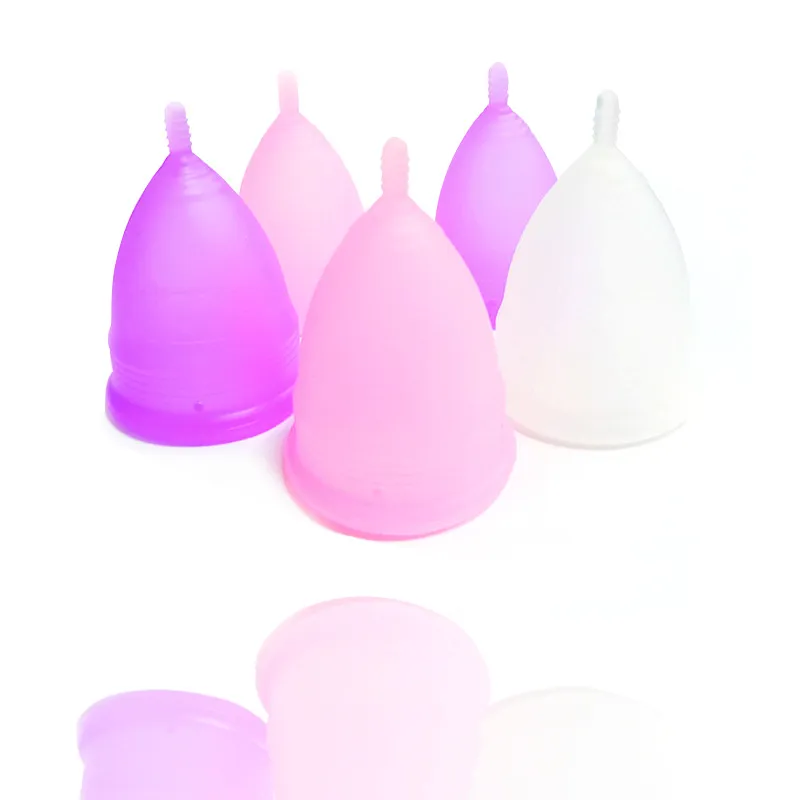The process of inserting unvulcanized LSR material into each mold half’s cavity is known as silicone compression molding. After assembly, the mold is put into a heated compression molding press and run through a cycle.
Silicone is vulcanized using this compression molding process and a part is created. While this silicone molding technique itself is somewhat slower than injection molding, it does offer quick turnaround on prototype or R&D phase items as well as less costly tooling upfront. To guarantee accuracy and quality, several businesses employ silicone molding techniques similar to compression molding.

Further Advances in Silicone Molding
Utilizing sophisticated silicone molding techniques and compression molding procedures, several companies specialize in making micro molded medical components for small-batch parts with intricate details that necessitate precise tolerances.
To stop debris, other biofluids, and even electrical current from passing through a medical device or instrument, a silicone overmold added to your plastic, metal, or silicone portion can act as a cushion and seal. We are able to plasma etch metal and plastic components in-house thanks to certain silicone parts manufacturing processes. In addition to cleaning the surface and producing a watertight barrier, the plasma etching procedure maximizes the silicone overmold’s adherence and bonding.
How Does Silicone Compression Molding Work?
There are a few distinct approaches to the intricate process of silicone compression molding. When deciding the technique to use for molding silicone rubber, a manufacturer has a lot of crucial factors to consider. Silicone components can be molded using a variety of techniques, each with pros and cons of their own. Liquid silicone injection molding (LIM) and compression molding are the two most popular techniques.
The Process of Silicone Compression Molding.
Labor-intensive silicone rubber is used in this process; in particular, silicone is combined with powder to create a pre-catalyzed product.
- When heat is introduced, this facilitates the silicone’s curing process.Using a two-mill roll, color is added to the silicone by mixing. This is the point at which labor-intensiveness becomes relevant. At this point, there’s a significant chance that the silicone will become contaminated.
- After pigment has been applied and the material has been pre-catalyzed, experts will weigh and shape it to fit the required dimensions of the part in question.
- After that, they compress the rubber between the top and bottom plates by placing it into the mold cavity for formation.
- The silicone is then melted and cured by heating the plates.
The most fundamental and straightforward type of silicone rubber molding is compression molding, however as we previously mentioned, it’s a labor-intensive, outside procedure. To cut the cost of manufacturing the material, fillers can be added to the silicone.
Introduction to LIM(Liquid Silicone Injection Molding)
The process of molding liquid silicone rubber (LSR) into any part or product is known as liquid injection molding. It includes combining a two-component compound into a mold using a mechanical mixing technique.
This closed-loop system, also abbreviated as LIM, seals both the raw silicone and any extra pigments. To prevent the material from catalyzing, the pigment and the substance are both pumped into a barrel that is cooled by water. After that, the material is injected into a heated mould.
The Process of Compression Molding
Rubber items made by compression molding are incredibly robust, extremely ablative, and free of residual stress. There are several uses for these uniform components and goods. Compression molding is a tried-and-true method that is quite simple to use. In contrast to injection molding or transfer molding, it calls for distinct tools and procedures. Owing to its ease of use, this is among the most economical rubber molding techniques.
The Components of Rubber Compression Molding.
Raw rubber is heated to a temperature that links sulfur to carbon-hydrogen chains for preparation. A three-dimensional web is formed by these haphazardly joined chains. This configuration clicks together. Rubber compression avoids the conventional “heating, then cooling” process by virtue of the chemical processes at action. The finished products can tolerate very high temperatures. Rubber compression molding then uses vulcanized rubber as the material.
Prototyping in Compression Molding
Prototyping is the last step in the preparation process. Tooling for compression molds entails making molds that can handle the necessary molding procedure. Compression molds require specialized design and fabrication. Generally speaking, two plate compression molds are ideal. Apart from attaining precise measurements, the objective is to design the most efficient cycle feasible. Additional plates, cores, and assembly structures may occasionally be needed for this. It might be wise to use injection rubber molding if you need a larger manufacturing capacity. More details regarding that are available here.
The installation of the Cryogenic Systems Model SCC1505 cryogenic deflashing equipment is a recent improvement to the manufacturing capabilities of rubber compression molding. This technique can remove parting line flash from hard-to-reach regions on both simple and complex molded parts using liquid nitrogen and tiny tumbling beads. The maximum flash extension is reduced from.015′′ long to.005′′ long, which is the typical flash condition. Silicone rubber, fluorosilicone rubber, nickel-graphite filled silicone, silver-plated aluminum filled fluorosilicone, and injection-molded liquid silicone rubber gaskets and seals have all shown success with cryogenic deflashing.
Limitations of Compression Molding
Despite its many advantages, compression molding is not without its drawbacks. Complex pieces, like ones with tiny features or sharply angled edges, are difficult to manufacture with compression molding. Several minutes can pass throughout a cycle, which is comparatively slow compared to high-volume molding techniques.
For instance, cycle times for injection molding are frequently only a few seconds. Because of the sluggish cycle time of compression molding, which requires longer working hours, the labor cost connected with this process might also be somewhat significant. Parts made by compression molding require manual removal of flash and burrs, which adds time and waste. Despite these drawbacks, compression molding is nevertheless a crucial production technique that generates a variety of products used everyday.
Products Made From Compression Molding
- Dental and Medical devices
- Cookware
- Gaming devices
- Automobile Parts

Conclusion
One of the oldest and most traditional methods of producing silicone rubber is compression molding. In the early days of the rubber manufacturing sector, silicone compression molding was utilized to mold silicone rubber items. In essence, compression molding involves curing under pressure inside a heated mold cavity. After the heated material is poured into the cavities, the mold is sealed, and pressure is used to cure it. This method has produced wonderful products for everyday use .